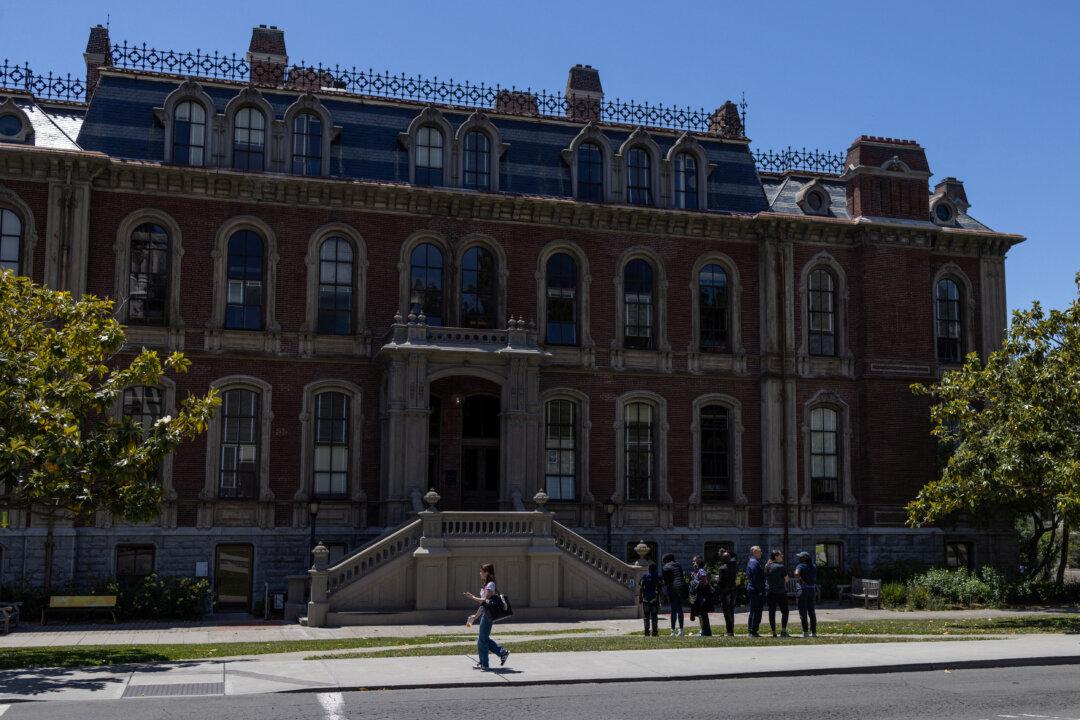A new law in New York that takes effect in the coming academic year allows school districts to remove student standardized test scores as a metric for evaluating and sanctioning educators.
New York state Senate Bill 9054 was signed into law in June by Gov. Kathy Hochul after both houses passed it unanimously. It allows local districts to replace the existing performance evaluation system for teachers and principals with their own framework for annual or periodic reviews.
The measure pertains to both tenured educators and new teachers or principals seeking tenure. The law requires districts to negotiate all changes with the unions for teachers and principals before the start of the 2031–2032 academic year.
Districts also can maintain current evaluation practices if both sides agree. The prior state mandate factors in standardized test results and allows districts to fire teachers based on low scores.
“There was a universal dislike for the old system,” Brian Fessler, government relations director at the New York State School Boards Association (NYSSBA), told The Epoch Times on July 31.
“It was a gotcha, punitive type of system. Districts want a system that ideally improves teacher performance in the classroom. This is a better opportunity to learn, grow, and improve.”
Fessler said some school board members representing districts across the state expressed concerns that teachers will have so much leverage in establishing parameters for their own evaluations that these changes could make it difficult to remove ineffective educators.
But even the critics agree that “anything will be better” than the current system, which dates back to the Obama administration, he said.
Under the Race to the Top initiative to reform public schools, New York and other states hurriedly adopted metric-based educator evaluation frameworks to qualify for federal funding, Fessler said.
He said the pressure of linking improved test scores with job security has played a role in teacher burnout, new teacher recruitment challenges, and the educator shortage issue facing school districts today.
“This is one more tool in the toolbox to address [the] teacher shortage,” Fessler said. “We’re making sure to listen to what [educators] are telling us.”
During presentations to educators and school board members on July 19 and 20, the New York State School Boards Association reported that about 180,000 additional teachers will be needed nationally over the next decade.
In New York, 50 percent of rural school districts have at least one special education teacher vacancy, and 35 percent of all teachers across the state will be eligible for retirement within five years, according to the presentation slides.
Standardized test scores could be replaced with more classroom observations by district administrators and other types of metrics, including student grades, if both sides—educators and school administrations—agree to that.
Educators who receive low scores on their evaluations are subject to performance improvement plans under the new law, and parents can access evaluation scores of their child’s teacher(s) and principal, according to a statement from state Sen. Shelley B. Mayer (D-White Plains), who co-sponsored the legislation.
Replacing Race to the Top Methods
Other states will be watching New York’s new system closely as their lawmakers seek to replace Race to the Top-era evaluation methods with something more localized.In New Jersey, Gov. Phil Murphy appointed a 13-member task force to study and evaluate the Garden State’s evaluation system for public school teachers, which was established in 2012, according to the state Department of Education.
In Michigan, beginning this school year, the reevaluation period for teachers who previously received satisfactory scores for three consecutive evaluations will increase from annually to once every three years.
Evaluations will be based on a minimum of two 15-minute classroom observations conducted by administrators during the evaluation year. Additionally, 20 percent of the overall evaluation score must be based on “student growth data” that no longer includes state test scores.
Districts and teacher unions must agree on what student performance indicators can be used as a metric, according to the Michigan Department of Education.







